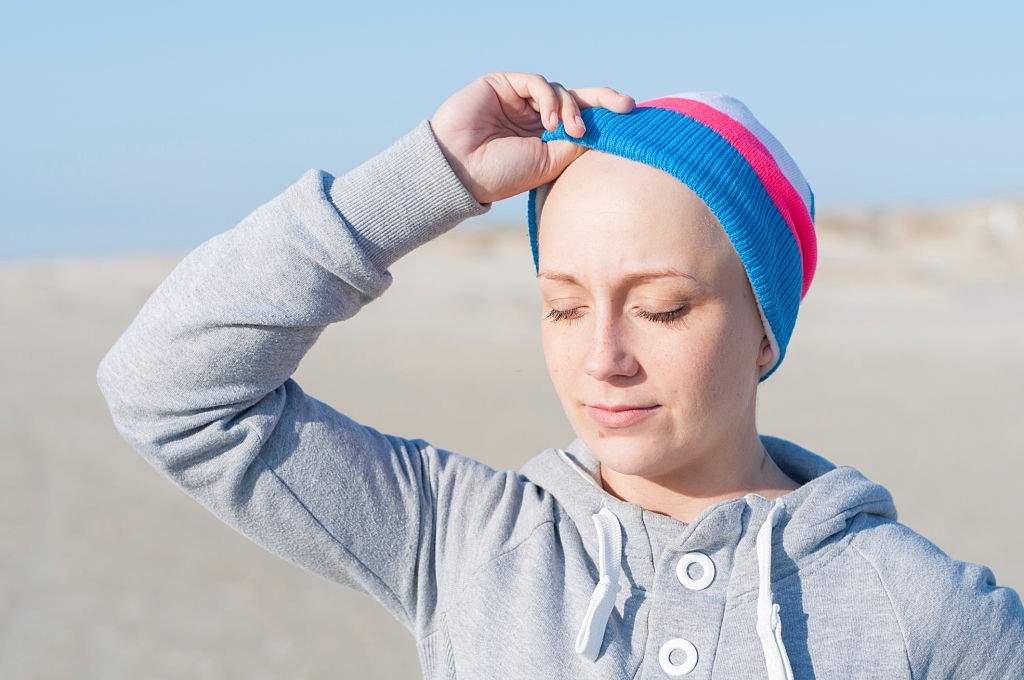TREATMENT OF HODGKIN LYMPHOMA(HL)
If one has been diagnosed with Hodgkin lymphoma (HL), the clinical hematologist or hemato-oncologist will discuss treatment options. To weigh the benefits of each treatment option against the possible risks and side effects, Dr Gaurav Dixit has experience of over 19 years to give his esteemed advice for benefit of all HL suffering patients.

How is Hodgkin lymphoma(HL) treated?
Main treatments for HL: Chemotherapy and radiation therapy (Depending on the case, one or both might be used)
Certain patients might also be treated with immunotherapy or with a stem cell transplant. It is pertanious here to mention that except for biopsy and staging, surgery is rarely used to treat HL.
Chemotherapy for Hodgkin Lymphoma(HL):
chemo drugs used to treat Hodgkin lymphoma: ABVD is the most common regimen
- Adriamycin (doxorubicin)
- Bleomycin
- Vinblastine
- Dacarbazine (DTIC)
other common regimens include:
- BEACOPP
- Bleomycin
- Etoposide (VP-16)
- Adriamycin (doxorubicin)
- Cyclophosphamide
- Oncovin (vincristine)
- Procarbazine
- Prednisone
- Stanford V
- Doxorubicin (Adriamycin)
- Mechlorethamine (nitrogen mustard)
- Vincristine
- Vinblastine
- Bleomycin
- Etoposide
- Prednisone
Radiation after chemo in the Stanford V regimen is sometimes preferred after the ABVD or BEACOPP regimens
Other chemo combinations can also be used for HL and use of the same drugs listed above, in different combinations can be given on different schedules.
Possible side effects of chemotherapy depend on the type and dose of drugs given and how long treatment lasts. Common short-term side effects include:
- Hair loss
- Mouth sores
- Loss of appetite
- Nausea and vomiting
- Diarrhea
- Increased chance of infection
- Easy bruising or bleeding
- Fatigue
Radiation Therapy for Hodgkin Lymphoma: especially useful when HL is only in one part of the body i.e. for classic Hodgkin lymphoma, radiation is often given after chemotherapy. Radiation therapy is often very good at killing HL cells
Immunotherapy for Hodgkin Lymphoma: An antibody-drug conjugate (ADC): a monoclonal antibody attached to a chemo drug is available namely brentuximab vedotin (Adcetris). Classic Hodgkin lymphoma (cHL) cells usually have the CD30 molecule on their surface & Brentuximab vedotin is an anti-CD30. The drug acts like a homing signal, bringing the chemo drug to the lymphoma cells with CD30 on them kills them when they try to divide into new cells. This drug can be used: first treatment for stage III or IV cHL (along with chemotherapy)
Rituximab (Rituxan): used to treat nodular lymphocyte-predominant Hodgkin lymphoma (NLPHL). This drug attaches to a substance called CD20 on certain lymphoma cells.
Immune checkpoint inhibitors: important part of the immune system is to protect the attacking of normal cells in the body and for this, it uses “checkpoint” proteins, Cancer cells use these checkpoints to avoid being attacked by the immune system.
Nivolumab (Opdivo) and pembrolizumab (Keytruda) : checkpoint inhibitors used classic Hodgkin lymphoma where cancer has grown during treatment (called refractory cancer) or cancer has returned after other treatments (called recurrent or relapsed cancer). These drugs target PD-1, a protein on T cells and by blocking PD-1, we can shrink some tumors or slow their growth.
High-dose Chemotherapy and Stem Cell Transplant for Hodgkin Lymphoma:
Stem cell transplants (SCTs) used for cases called hard-to-treat Hodgkin lymphoma , i.e. disease that doesn’t go away completely after treatment.A stem cell transplant allows higher doses of chemo (sometimes along with radiation therapy).
Types of transplants:
- autologous stem cell transplant: a patient’s own blood stem cells are collected and is most common type of transplant for Hodgkin lymphoma.
- allogeneic stem cell transplant: the blood stem cells come from someone else and is used if an autologous transplant has already been tried without success.
Choosing to stop treatment or choosing no treatment at all : For some cases when treatments have been tried and if the cancer is advanced, patient might decide not to get cancer treatment. Here it’s important to talk and then make decision. Remember, even if not to treat the cancer is decision, still to get supportive care for pain or other symptoms is necessity.